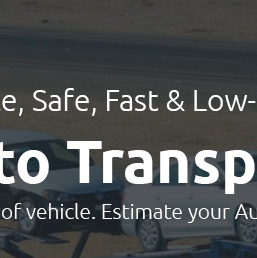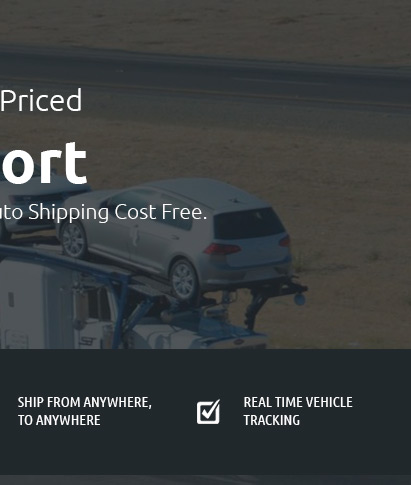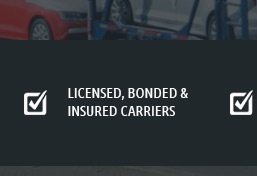 |
|
||||
 |
 |
 |
 |
||
 |
 |
|||||
 |
 |
 |
 |
 |
 |
 |
||
 |
 |
 |
 |
 |
 |
 |
 |
 |
 |
 |
|
 |
Auto Transport from Canada to the US: Navigating the JourneyWhen considering the logistics of auto transport from Canada to the US, one must delve into a myriad of details that can often be as vast as the open roads that connect these neighboring nations. The process, while seemingly straightforward at a glance, harbors numerous intricacies that demand both attention and a well-informed approach. This article aims to elucidate the essentials of vehicle transportation across this border, offering insights that blend both practical advice and subtle observations on the nuances of this endeavor. First and foremost, understanding the regulatory framework is crucial. The rules governing the import and export of vehicles between Canada and the US are dictated by each country's respective customs and transport authorities. Thus, compliance with regulations such as the Environmental Protection Agency (EPA) standards and the Department of Transportation (DOT) requirements in the US is paramount. These guidelines are not merely bureaucratic hurdles but essential measures ensuring safety and environmental responsibility. One might argue that the complexity of these rules reflects the broader ethos of ensuring that cross-border transport maintains high standards. Another critical component is the choice of a reputable transport service. The market is replete with companies offering varied services, from open carriers to enclosed transport, each with its own set of advantages and trade-offs. For instance, while enclosed carriers provide enhanced protection against the elements, they often come at a premium, a consideration that should be weighed against the value and condition of the vehicle being transported. It's worth noting that the reputation and reliability of a transport service can significantly impact the overall experience, making due diligence in selecting a provider an investment of its own.
In conclusion, the process of transporting a vehicle from Canada to the US is a multifaceted endeavor that requires careful planning and informed decision-making. By understanding the regulatory requirements, selecting a trustworthy transport service, and considering factors such as insurance and cost, vehicle owners can navigate this journey with confidence. Ultimately, the successful transport of a vehicle across this international border is a testament to the power of preparation and the value of being well-informed. https://www.carcouriers.com/car-shipping-canada-to-us/
A family owned business, Car Couriers has helped customers ship ... https://www.sflworldwide.com/blog/shipping-a-car-from-canada-to-the-us-what-you-need-to-know
This involves scheduling the pick-up and delivery with the chosen shipping provider. Tracking the shipment provides peace of mind, allowing you ... https://autotransport.com/canada/canada-to-florida-car-shipping/
For free Canada to Florida car shipping estimates, call us today through (800) 757-7125. Start Your Quote ...
|
